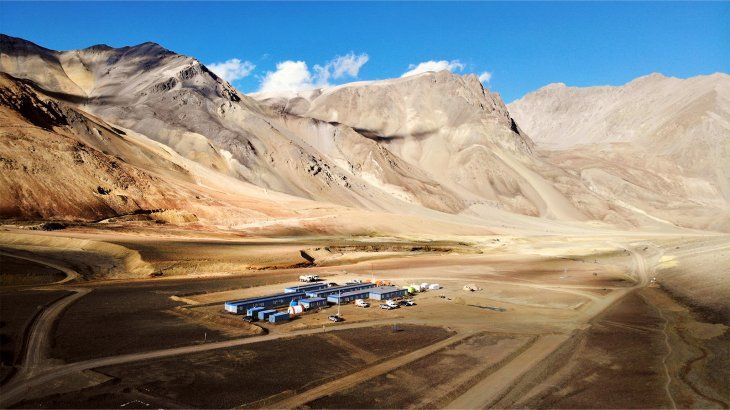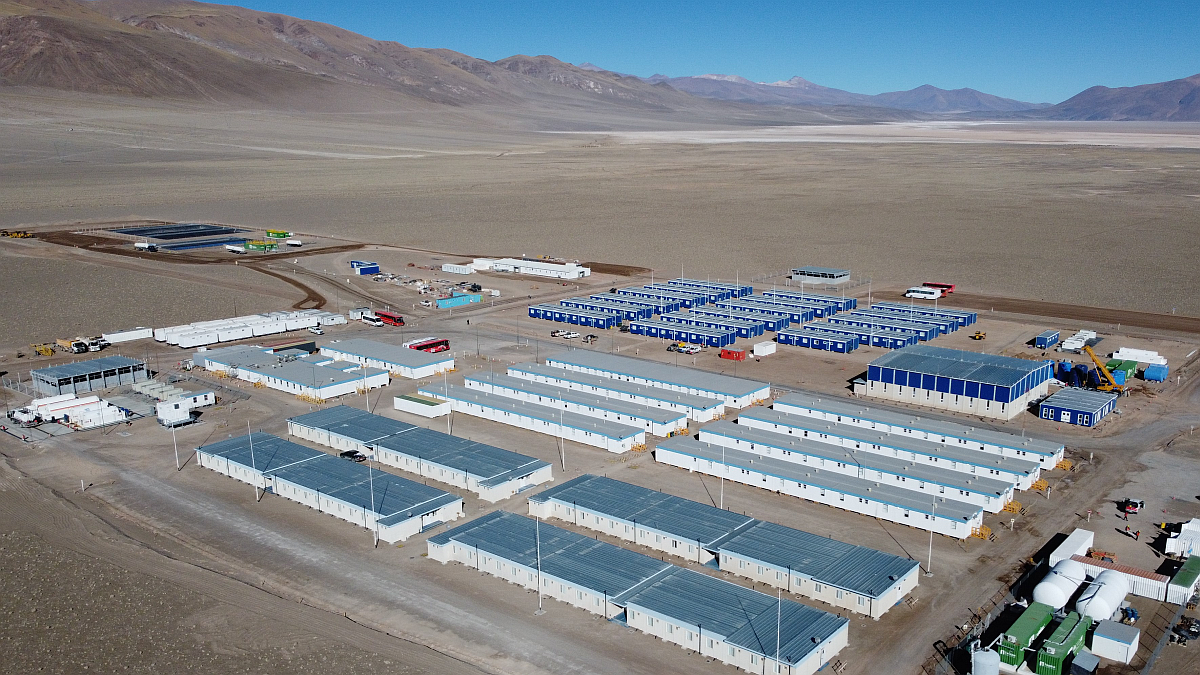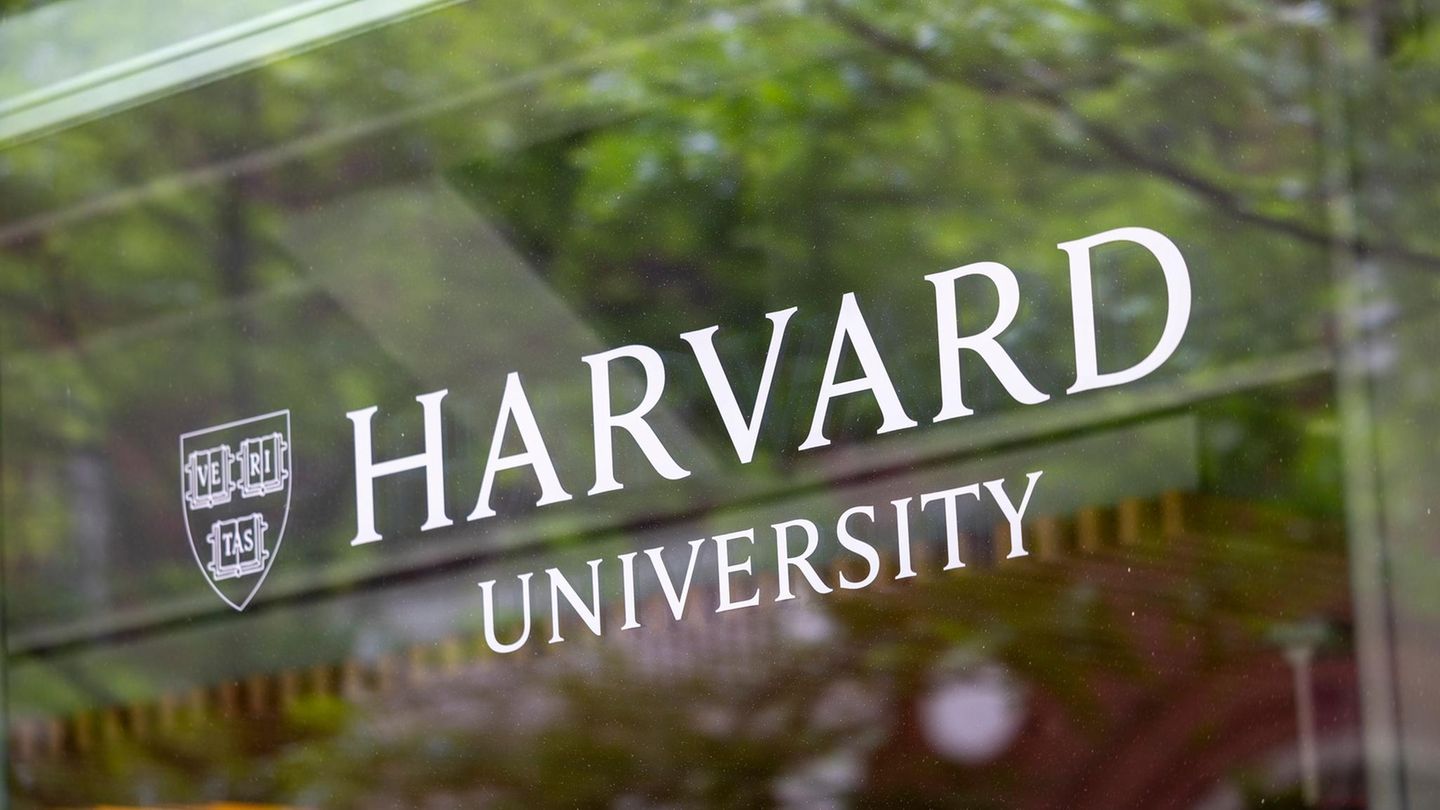The challenge of guaranteeing the social license for more provinces to take advantage of the opportunities that opens the impulse of renewable energy.
In the current global energy transition context, Argentina faces a great opportunity thanks to the potential of its subsoil, with special attention in lithium and copper as strategic minerals. Mining activity has a long history in our country, but today is mainly driven by these two key resources.
The content you want to access is exclusive to subscribers.
He lithiumfundamental for energy storage, in electric vehicles, digital devices and renewable energy, currently positions the country as a relevant producer, with significant growth perspectives. For 2024, Argentina produced around 70,000 tons of lithium carbonatewhich marked sustained advance thanks to the entry into operation of new projects in the province of Saltathat add to those of Jujuy and Catamarcato reach a total of six in production. There are also more than twenty projects in different stages of development.


In parallel, copper is another key mineral of the new energy and industrial paradigm. Irreplaceable for its properties as an electrical conductor, its demand is multiplied by the rise of clean energy, transmission systems and data centers. Argentina has important reserves of this metal, mainly in the province of San Juan (in addition to Salta, Catamarca and Mendoza), where large -scale initiatives are already projected that could represent a turning point for national mining.
Mining currently generates around 39,000 direct jobs and energizes regional economies, from hotel, construction and trade to professional services. However, productive activity is concentrated in only five provinces (Santa Cruz, San Juan, Jujuy, Salta and Catamarca), responsible for 95% of exports in the sector. Gold and silver still represent more than 80% of exports while lithium reaches 15%. The copper, although it is not yet exploited on a large scale, appears as the great promise of future expansion.
A development opportunity
One of the great current challenges is to extend this activity to other provinces with resources and conditions to develop it. In that sense, it is essential to guarantee social consensus with communities, a dynamic condition that requires permanent dialogue, transparency and citizen participation. While recent studies show an improvement in public perception on mining, tensions still persist in some territories, where mining remains prohibited due to lack of political and social agreement. Initiatives such as Sustainable Mining Assistance Program, promoted by the Federal Investment Council (ICC)which among its proposals has the formation of environmental observers and community participatory monitoring, are key to bringing control to the territory and generating greater legitimacy. In Catamarcafor example, engineering and geology students, as well as members of the communities participating in project monitoring.
Argentina It is the fifth world producer of lithium carbonate, is among the ten main silver producers and among the first twenty gold. In addition, the conditions are given to develop on a large scale the exploitation of copper. It can be said, however, that the volume of mining activity in Argentina is low compared to the enormous potential in the country. Even so, Argentina is within the fifteen more explored territories in the world in terms of the number of active mining exploration projects and the associated investment volume.
The Pachón San Juan Mining Cobre

The copper site El Pachón, in San Juan.
In this context, the Incentive regime to large investments (Rigi) It is presented as a tool to consolidate large -scale projects. Not just the National Governmentbut also several provinces are promoting its implementation with the objective of attracting investments and accelerating the deployment of new mining operations. But beyond the regulatory framework, what is needed is a strategic vision that combines sustainability, productive federalism and local added value.
Mining is a regional development anchor. In remote areas of the Punathe mountain range and the Patagonian plateau, the activity mobilizes from transporters, drilling equipment and catering services, to geologists, engineers, lawyers, welders and machinists. Salaries are the highest between the industrial sectors and the demand for technical profiles grows.
At the global level, the energy transition is a wave that does not stop. Estimates suggest that, by 2040, lithium demand would multiply by 4 or 5 and copper would increase 50%. In 2025, Argentine mining continues to debate between its potential and its contradictions. The lithium is. The copper too. The market asks for. The Argentine provinces have the key so that this opportunity that opens the world is exploited and, in coexistence with their communities, results in greater progress, opportunities and well -being.
* Claudio Trinca is eSpecialist in the Mining and Hydrocarbons sector of the Federal Investment Council (ICC)
Source: Ambito
David William is a talented author who has made a name for himself in the world of writing. He is a professional author who writes on a wide range of topics, from general interest to opinion news. David is currently working as a writer at 24 hours worlds where he brings his unique perspective and in-depth research to his articles, making them both informative and engaging.




